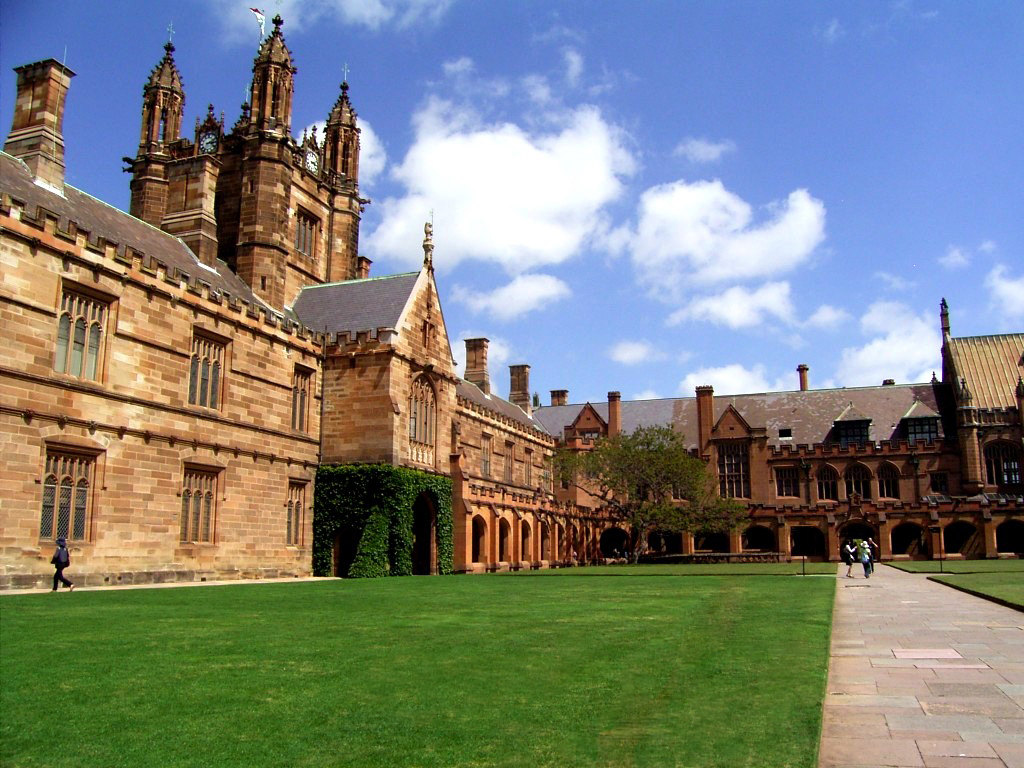
10. Finland
> Pct. population with postsecondary education: 37%
> Avg. annual growth rate (1999 – 2009): 1.8% (3rd lowest)
> GDP per capita: $36,585 (14th highest)
> Pop. change (2000 – 2009): 3.15% (10th lowest)
Finland is a small country relative to the other OECD members. The share of its adult population with some sort of postsecondary education, however, is rather large. This select group is reaching the end of its expansion. From 1999 to 2009, the number of college-educated adults increased only 1.8% annually — the third-smallest amount among all OECD countries. Finland is also one of only two countries, the other being Korea, in which the fields of social sciences, business and law are not the most popular among students. In Finland, new entrants are most likely to study engineering, manufacturing and construction.

9. Australia
> Pct. population with postsecondary education: 37%
> Avg. annual growth rate (1999 – 2009): 3.3% (11th lowest)
> GDP per capita: $40,719 (6th highest)
> Pop. change (2000 – 2009): 14.63% (3rd highest)

Sydney University(AUSTRALIA)
Australia’s population grew 14.63% between 2000 and 2009. This is the third-largest increase among OECD countries. Its tertiary-educated adult population is increasing at the much less impressive annual rate of 3.3%. Australia also spends the sixth-least amount in public funds on education as a percentage of all expenditures. The country also draws large numbers of international students.

oxford university ( U.K)
8. United Kingdom
> Pct. population with postsecondary education: 37%
> Avg. annual growth rate (1999 – 2009): 4.0% (9th highest)
> GDP per capita: $35,504 (16th highest)
> Pop. change (2000 – 2009): 3.47% (13th lowest)
Unlike most of the countries with the highest percentage of educated adults, the UK’s educated group increased measurably — more than 4% between 1999 and 2009. Its entire population only grew 3.5% between 2000 and 2009. One aspect that the UK does share with a number of other countries on this list is relatively low public expenditure on education institutions as a percentage of all educational spending. As of 2008, 69.5% of spending came from public sources — the fourth-smallest amount among OECD countries.

University of Oslo Norway founded 1811
7. Norway
> Pct. population with postsecondary education: 37%
> Avg. annual growth rate (1999 – 2009): N/A
> GDP per capita: $56,617 (2nd highest)
> Pop. change (2000 – 2009): 7.52% (14th highest)
Norway has the third-greatest expenditure on educational institutions as a percentage of GDP, at 7.3%. Roughly 23% of that is spent on tertiary education. In Norway, more than 60% of all tertiary graduates were in a bachelor’s program, well more than the U.S., which is close to the OECD average of 45%. The country is one of the wealthiest in the world. GDP per capita is $56,617, second only to Luxembourg in the OECD.

Korea University
6. South Korea
> Pct. population with postsecondary education: 39%
> Avg. annual growth rate (1999 – 2009): 5.3% (5th highest)
> GDP per capita: $29,101 (13th lowest)
> Pop. change (2000 – 2009): 3.70% (14th lowest)
[More from 24/7 Wall St.: The Worst Product Flops of 2011]
Korea is another standout country for its recent increase in the percentage of its population that has a tertiary education. Graduates increased 5.3% between 1999 and 2009, the fifth-highest amongOECD countries. Like the UK, this rate is greater than the country’s recent population growth. Korea is also one of only two countries — the other being Finland — in which the most popular fields of study are not social sciences, business and law. In Korea, new students choose to study education, humanities and arts at the greatest rates. Only 59.6% of expenditures on educational institutions come from public funds — the second-lowest rate.
which are the next top five keep on following TZMPAKAAU
sources:TZMPAKAAU,YAHOONEWS and COUNTRIES OF THE WORLD
 Soon
Soon
we can see and get inspired and act accordingly, because the level of economic and social development of any country mostly has direct propotional relationship to the education status of the country
AntwortenLöschen